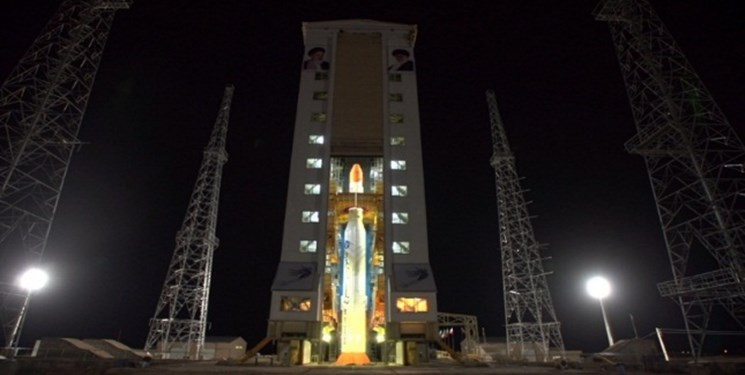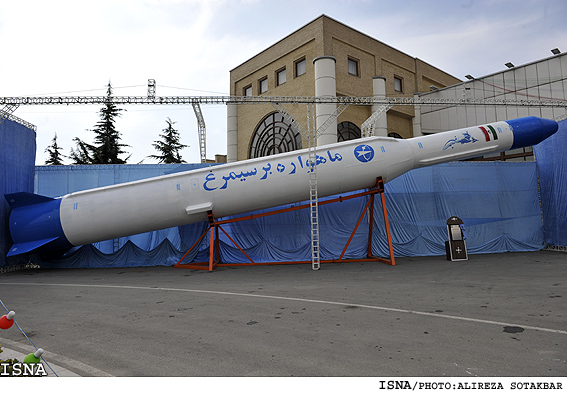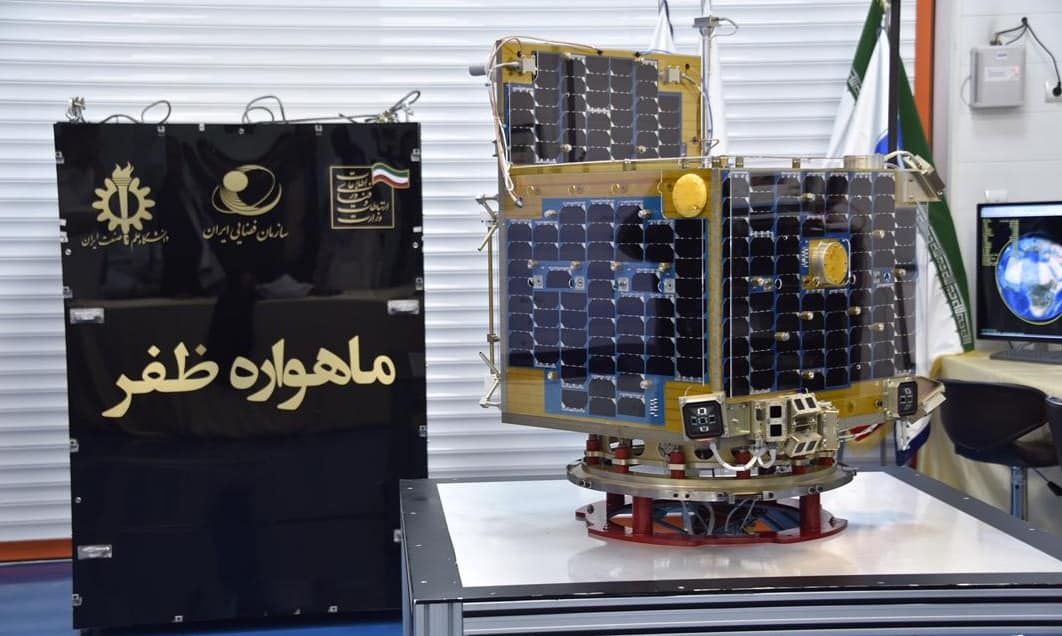On February 9th, Iran launched its domestically-made Zafar satellite, using a Simorgh (Phoenix) launch vehicle, but it failed to reach orbit.
https://twitter.com/mo_hashemi/status/1226569845816332288
“Simorgh satellite carrier took Zafar satellite into space with success, but the carrier failed to reach the speed needed to get the satellite into the designated orbit,” Ahmad Hosseini from the Public Relations Department of Iran’s Defense Ministry said.
Iran’s Minister of Information and Communication Technology Mohammad Javad Azari Jahromi said in a Twitter post that despite the failure “we’re unstoppable,” promising that “We have more Upcoming Great Iranian Satellites!”
https://twitter.com/azarijahromi/status/1226556188109819905
Jahromi before the launch said that the countdown had started, and that it was to be launched to an orbit above the Earth of approximately 500 km.
https://twitter.com/azarijahromi/status/1226411836481900544
“The countdown starts for the launch of Zafar satellite in a few hours…”
The Minister tweeted on February 3rd that Iran would launch the satellite, by the end of the week, February 9th.
“We are not afraid of failure and do not lose hope… Zafar satellite will be launched by the end of this [Iranian] week to reach 530-km orbit,” he said in his tweet.
Head of the Iranian Space Agency (ISA) Morteza Barari announced earlier the same day that the Zafar satellite was designed and manufactured by the scientists and elite students of Iran University of Science and Technology.
The official added, “The Zafar satellite is set to be launched by a Simorgh carrier to be put in the 530-kilometer orbit, after which we will be able to provide various services to the people and society.”
In January 2019, Iran launched its Payam (Message) satellite into space with an aim to collect data on environmental change; however, technical problems that occurred during the final stage of the launch prevented the spacecraft from reaching orbit.
No Iranian satellite has reached orbit since Fajr, which launched in February 2015.
Iran’s satellite launches take place from the Imam Khomeini Spaceport, located in Iran’s Semnan Province. This has two main launch pads – the first is used by Safir rockets and the second by Simorgh. February 9th’s launch took place from the second pad. This complex includes support buildings and a mobile service tower to provide access to Simorgh while it is standing on the launch pad.
The Safir rocket that Iran used for its earliest satellite launches was based on the Shahab-3 missile – itself derived the North Korean Hwasong-7 missile which traces its design back to the Soviet Union’s R-17 Elbrus – commonly known in the west as the Scud.
The larger and more powerful Simorgh, which was used for the Zafar launch and is also known as Safir-2A, is also understood to have been developed with North Korean assistance and visually resembles the Unha-3 rocket which launched North Korea’s first satellite in December 2012.
The Simorgh vehicle was designed to place a 350-kilogram satellite into a 500-kilometer orbit. While this is a long way behind the rockets operated by most other spacefaring nations, once the current reliability issues have been worked out it will be a significant leap forward for Iran over the Safir’s maximum payload of a little over 50 kilograms.
Taking advantage of this increased performance Zafar-1 was the heaviest satellite Iran had attempted to launch to date, at 113 kilograms.
If it didn’t fail to reach orbit, Zafar would have carried out two missions over 18 months.
For its primary remote sensing mission, the spacecraft carried four cameras that can capture color images of the Earth at resolutions of up to 22.5 meters.
Its secondary mission was to have been one of communications, for which it was equipped with a store-dump payload. A user would have been able to upload a message to the satellite which would then have been relayed to receivers as the spacecraft passes overhead.
The launch appeared to have failed during second or third stage flight. Simorgh reached an apogee – the highest point of its trajectory – of 540 kilometers, but fell short of orbital velocity by about 1,000 meters per second.
MORE ON THE TOPIC:








